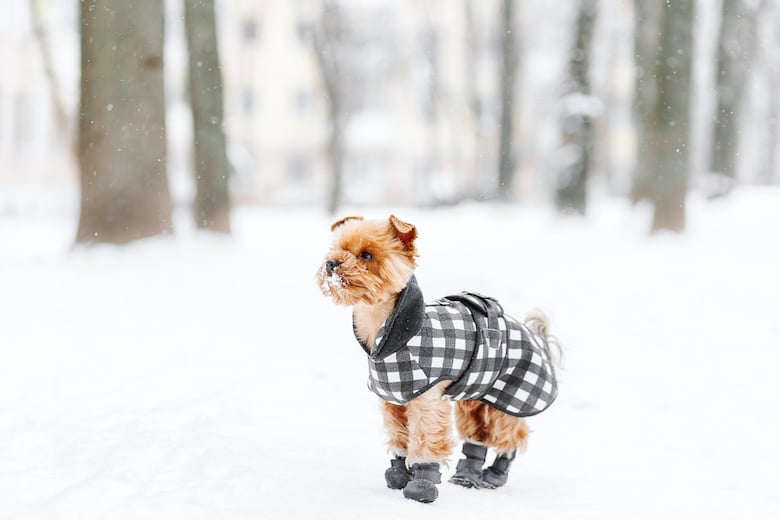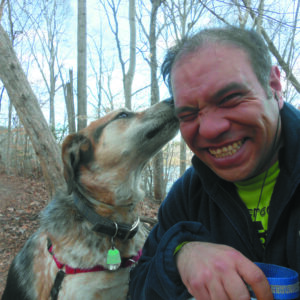A dog’s needs change during extreme cold-weather conditions. Even large, healthy, thick-coated dogs are not impervious to the strain of prolonged exposure to winter weather. Before you hear a local weather personality mention an impending cold front, give a winter-weather advisory, or talk about the return of the polar vortex, start taking steps to make sure your dog is protected against the worst!
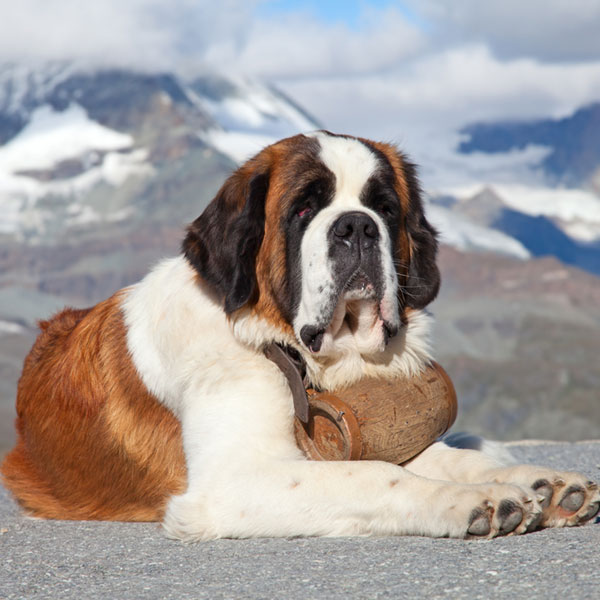
Bring them in / Provide them with housing
If your dog is an indoor dog, accustomed to temperature-controlled conditions year-round, you probably have little to fear from inclement weather conditions during the worst parts of the winter. On the other hand, if your dog is typically an outdoor dog, and you live in a part of the country that is annually subjected to periods of extreme cold, regular snow and ice, or piercing windchills, it’s time to start thinking about protecting your dog against harsh conditions.
Outdoor dog houses should be elevated at least a few inches off the ground to prevent the structure from retaining cold. The entry can be shielded with burlap and oriented away from the direction of the wind. The floor of the dog house should be covered, either with cedar shavings, hay, or chew-resistant blankets or quilts that the dog can nest in. These should be checked regularly for dampness and changed accordingly.
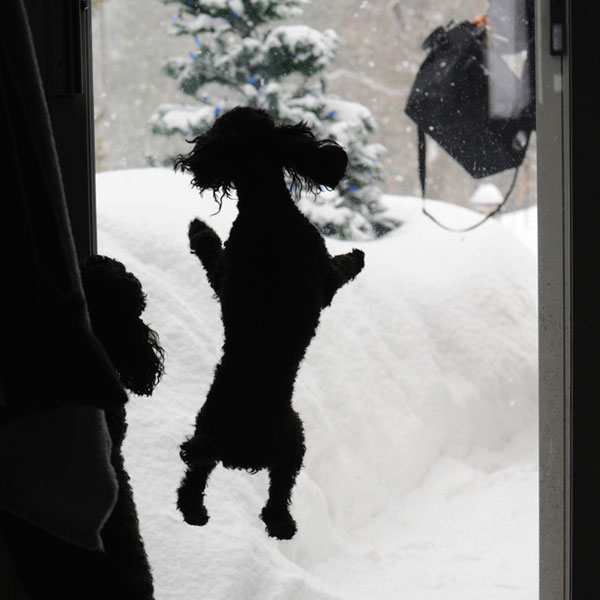
Is it impractical to bring your dog inside your home? Such as in the case of working dogs on farms, ranches, and other properties? Properly kitted-out areas for nesting in the barn, tool shed, or garage can be adequate shelters for dogs when you take precautions. Make sure that antifreeze, de-icing solutions, and other regularly used chemicals you have on hand are properly contained and kept out of the dog’s reach.
Monitor their nutritional needs
Dogs that spend most of their time outdoors notice when the days begin to grow shorter. Their bodies can adapt, up to a point, to manage changing conditions. Their metabolism slows, they put on fat, and where possible, their coats grow or thicken. These natural adjustments are accompanied by shifts in their nutritional needs. As with their human owners, shivering is one way that dogs generate heat, but one that demands additional energy.
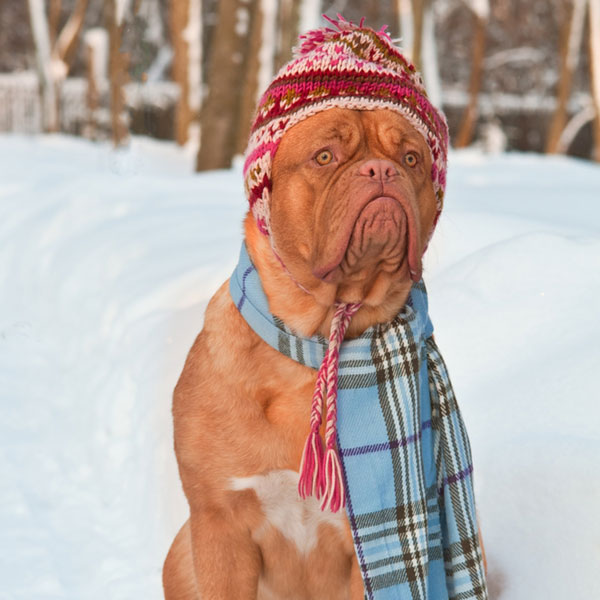
Does your dog live outdoors and/or get her daily walk regardless of the weather? Additional nutrients, specifically fats, carbohydrates, and proteins are needed to maintain weight, energy, and coat health during the coldest parts of the year. Consult with your veterinarian about how and when to alter your dog’s seasonal diet. A constant supply of fresh water is also a must, so be sure to check water and food bowls for ice at every opportunity.
Exercise protocols during winter
What precautions should you take on behalf of your dog’s exercise routine when temperatures dip below freezing? If your area is prone to large amounts of snowfall and ice, chances are that parts of your dog’s normal walking routes are going to be affected by road salts or other chemical de-icing solutions. These can not only irritate a dog’s paws and exposed skin, but can be ingested accidentally during self-grooming.
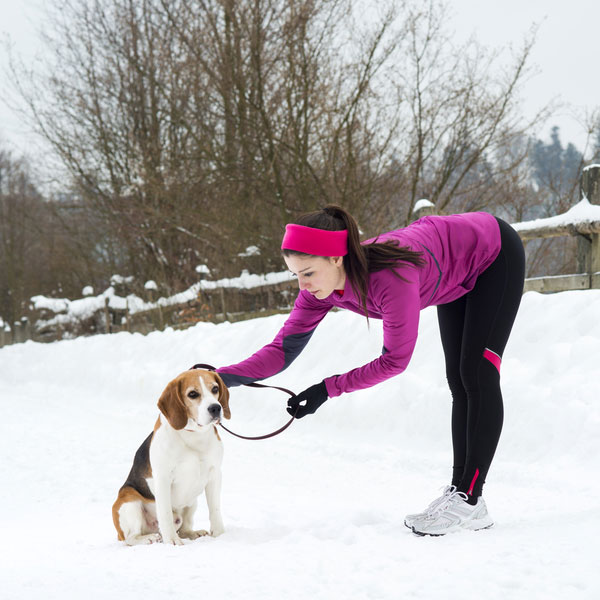
Protect your dogs from these potential poisons by cleaning, wiping, and thoroughly drying their feet — including between their toes — after each trip outside. Nothing special is required; a warm wet cloth should be sufficient for the purpose. This practice is especially important if you have a small dog or one with short legs. The nose, ears, and toes of dogs are prone to frostbite and hypothermia, so make sure these areas are kept dry as well. Dog boots also are an option.
Small dogs, short-haired dogs, or dogs with naturally low body fat may benefit from a sweater or a winter coat. If snow or freezing rains are common where you live, any garment your dog wears should be waterproof. Dog clothes that retain water can be more dangerous to a dog’s health than no clothes at all. Just like bedding materials, any dog clothes should be cleaned, dried, or switched out on a regular basis to provide maximum comfort and warmth.
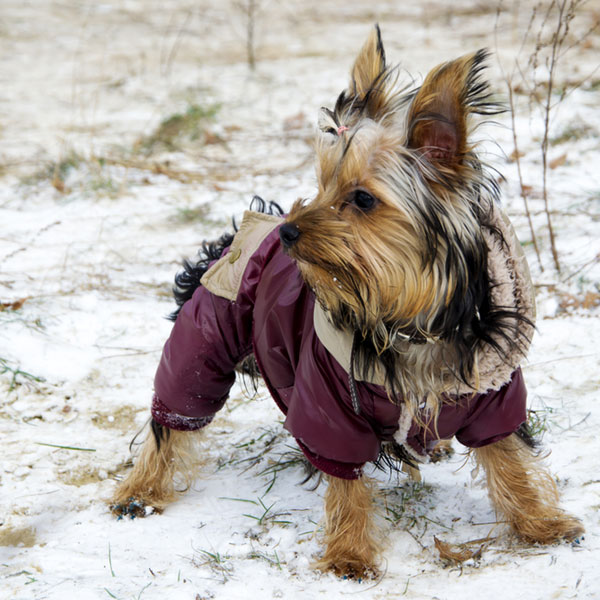
Bringing an outdoor dog inside
If your dog is used to life outdoors, you’ll need to make certain adjustments, both indoors and out. Dogs accustomed to using the bathroom outside will either need to have a space inside to eliminate waste, or, in heavy-snow regions, a place outdoors that is regularly shoveled and easily accessible. Keep in mind that training a dog to urinate or defecate inside takes time and effort.
Secure your home when your dog comes inside. This means keeping human foods, electrical cords, home decorations, and any other breakable items out of a dog’s reach. Do you live in a multi-pet household? Consider setting a particular room aside for the use of your dog when you’re away and cannot monitor their interactions with cats, birds, or other small animals.
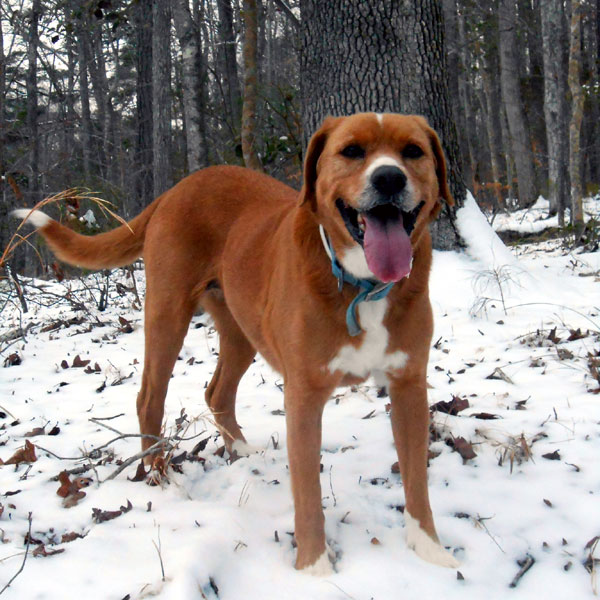
Take care of your dogs in winter!
Depending on a number of factors — age, health, coat, and nutrition among them — dogs can be better equipped to face the onset of winter than their owners. That doesn’t mean that they are impervious to biting winds, conditions that are constantly cold and wet, or sustained periods of below-freezing temperatures.
Extreme cold is just as dangerous for dogs in cars as extreme heat. Never leave your dog in a parked car unattended for any amount of time. The best policy for puppies, senior dogs, small dog breeds, and those that are infirm or have little body fat or fur is to bring them indoors if they aren’t already. What steps do you take to prepare your dog for winter?
Learn more about caring for dogs and cold weather:
- How to Shovel a “Path to Poop” in the Snow for Your Dog
- Let’s Talk: Do Your Dogs Like Cold Weather?
- Tips for Safe Fun with Your Dogs in the Cold Weather
- 5 Rainy Day Ideas to Keep Dogs Active Indoors
Featured Image Credit: GettyImages

